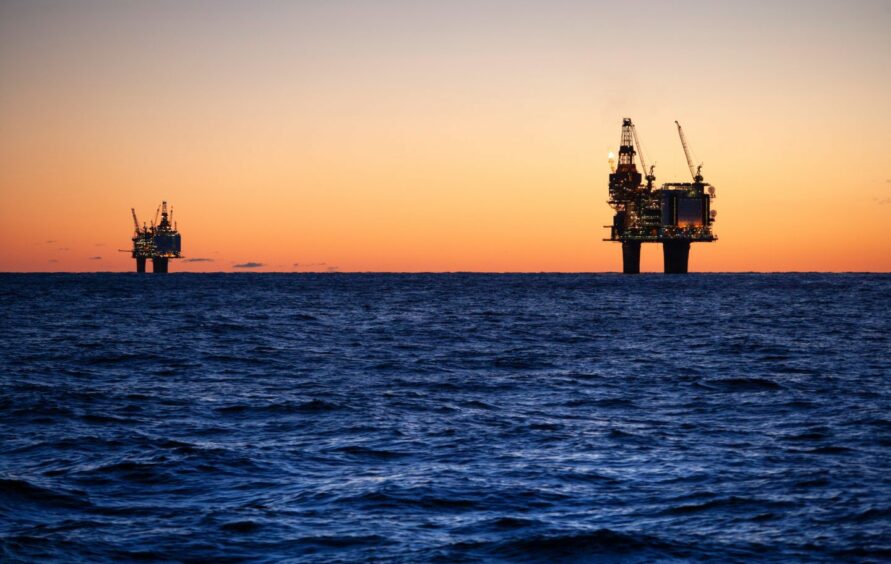
The supposed dying days of oil and gas have been surprisingly profitable, but not necessarily investible. The energy market has been tossed up and down, first by the COVID-19 pandemic and now, in 2022, by the war in Ukraine.
The energy transition continues to drive strategies and M&A across oil and gas, renewables, and utilities, but many of the assumptions around how that will play out have been turned on their head.
The disruptive squeeze on supply has reawakened investors’ thinking around the longevity of hydrocarbons in the economy, particularly regarding gas. Its no longer as unpalatable as it was a couple of years ago, albeit it has to be couched within a credible energy transition story.
The supermajors and service giants have wasted no time in reinvesting capital at a time of intense cash flow. Shell has acquired Actis’ renewables business Sprng Energy for $1.55bn, tripling the Anglo-Dutch major’s operational capacity in one fell swoop – though its hoped that a discount was included to make up for the missing vowel.
BP swooped for bioenergy company Achaea, and Eni has made progress on listing its clean Plenitude carveout in 2023, while pursuing transformative upstream M&A with its rumoured overtures towards Neptune.
Repositioning has continued apace along the supply chain, with Schlumberger becoming SLB, and the company formerly known as John Wood Group jettisoning its built environment business.
These strategic events are a testament to an industry committed to transformation, and demonstrate the divergent routes that might be pursued in the cause of transition.
However, there are clearly many challenges that have emerged over the last 12 months, and it has been a tumultuous time for investors exposed to any part of the energy value chain.
There has been unprecedented state interference into energy markets, with France and Germany both pursuing nationalisation of their utility champions, EDF and Uniper. The UK has slapped windfall taxes on its oil and gas producers, curtailing domestic offshore investment and, together with other Western powers, has placed a cap on Russian crude.
Everything to do with renewables continues to attract investment from those wanting exposure to the energy transition, but high electricity price has not resulted in a booming value chain. Power producers are still largely exposed to fixed, regulated revenues, which means there’s a cap on the amount they can spend in construction and maintenance. Suppliers of technology and services face mounting prices without being able to pass on the cost, and as such, it often proves very difficult to make a profit in the supply chain.
This should hopefully start to improve through 2023, as a reset in the relationship between developers, OEMs, and engineering services begins to emerge.
‘Optimism tinged with caution’
Investors are looking to next year with a degree of optimism tinged with caution. It can’t be any more dramatic than 2022.
Oil and gas businesses will need to ride the high commodity prices for all their worth, and use the time to wisely reposition and diversify. Offshore wind, carbon capture and hydrogen are technologies that naturally have a skill overlap with oil and gas, so expect plenty of activity in those markets as old names seek to reinvent themselves.
Electrification and digitisation will continue apace, as infrastructure is upgraded and built-out to accommodate greater demand from growth technologies like EV charging, while balancing intermittent supply from renewables.
The shocks of 2022 have injected much needed realism into the energy world. We’ve never needed to invest more in new energy sources, either as traditional or emerging technologies.
Recommended for you
